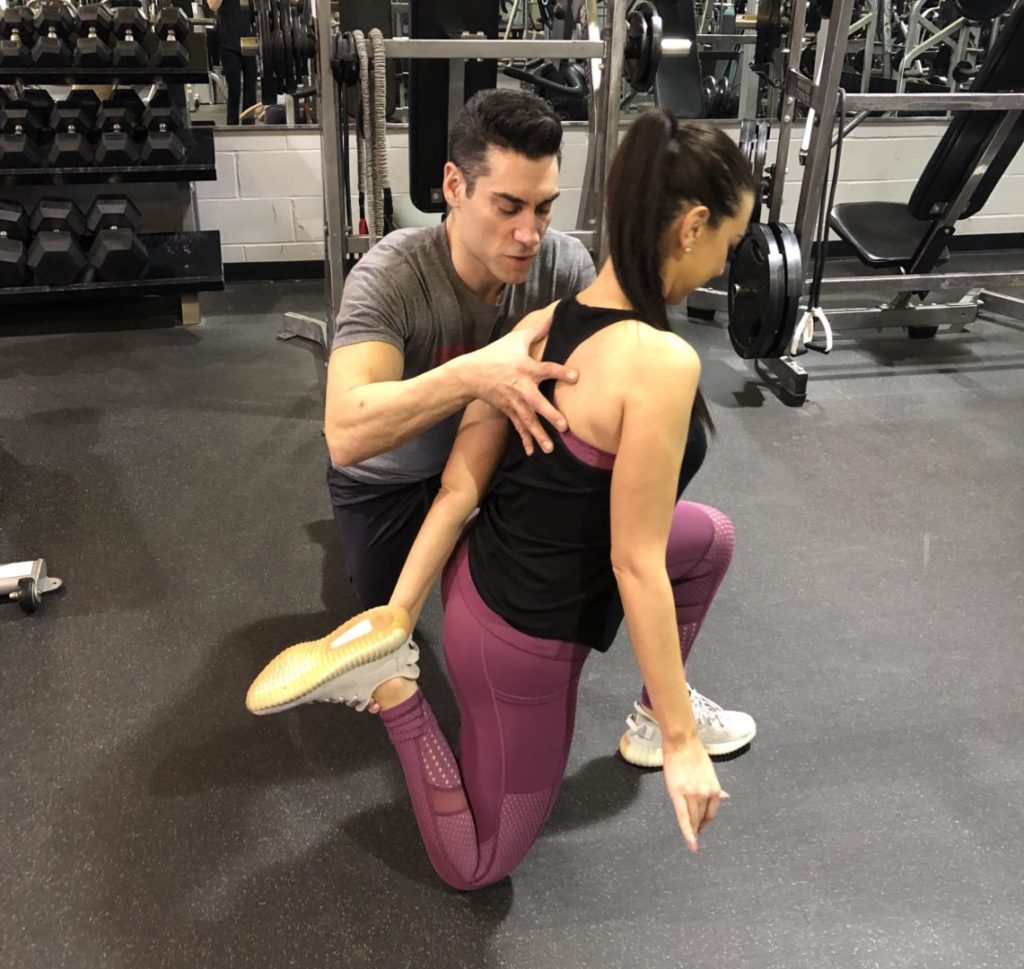MYOFASCIAL STRETCHING
Fascia is a tight connective tissue that surrounds every cell from head to toe, providing support and flexibility to all the structures of the body. Under a microscope fascia looks like millions of tubes filled with water. The fascia is comprised of aereolar or fibro–elastic tissue which envelopes the body beneath the skin (superficial fascia). It forms the covering (deep fascia) of muscles and organs, separates muscles into layers and surrounds structures such as nerves, blood vessels and lymphatics. Fascia interconnects each muscle with other muscles along various “myofascial chains” throughout the body.
The best way to have a POSITIVE effect on the fascia is to learn proper myofascial stretching. This method of stretching respects the anatomy of the muscle, their aponeurosis, as well as their function. The stretch position places the entire myofascial chain of the targeted muscle in tension. This stretches not only the local muscle and its fascia, but also all the structures that are in link with the particular muscle you are targeting.

At this point, the analytical study of the fascial chains allows for an incredibly effective stretch position, providing movement of venous blood and lymph, providing immediate reduction of swelling and increasing joint space over time.
An example of a myofascial chain influencing various functions throughout the body is the iliopsoas muscle and its fascia. It forms vast connections with the vertebral discs of the lumbar spine, the thoracic diaphragm, organs, and vasculature. It also serves an important function of reinforcing the anterior wall of the hip joint. One of many consequences due to restriction within this fascia is compression of the iliolumbar vein causing what’s referred to as lumbago.
